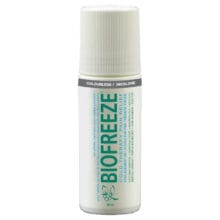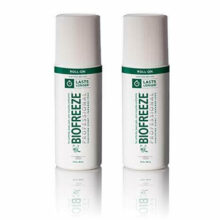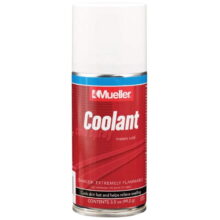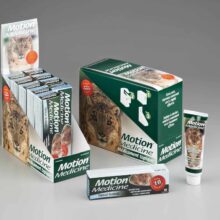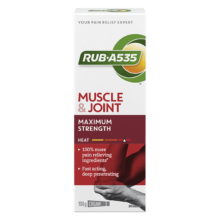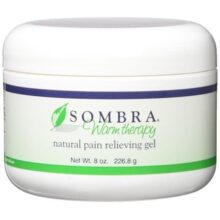BioFreeze Professional – 3 oz Roll On
Login For Dealer PricingThe BioFreeze Professional – 3 oz Roll On is a pain relief product that, when applied, causes menthol to bind with temperature sensitive receptors in the skin and produce a cold sensation to overwhelm the pain signals that would otherwise be felt. We apologize, but we are unable to sell this product to pharmacies, home health stores, sports stores or other retail businesses.


